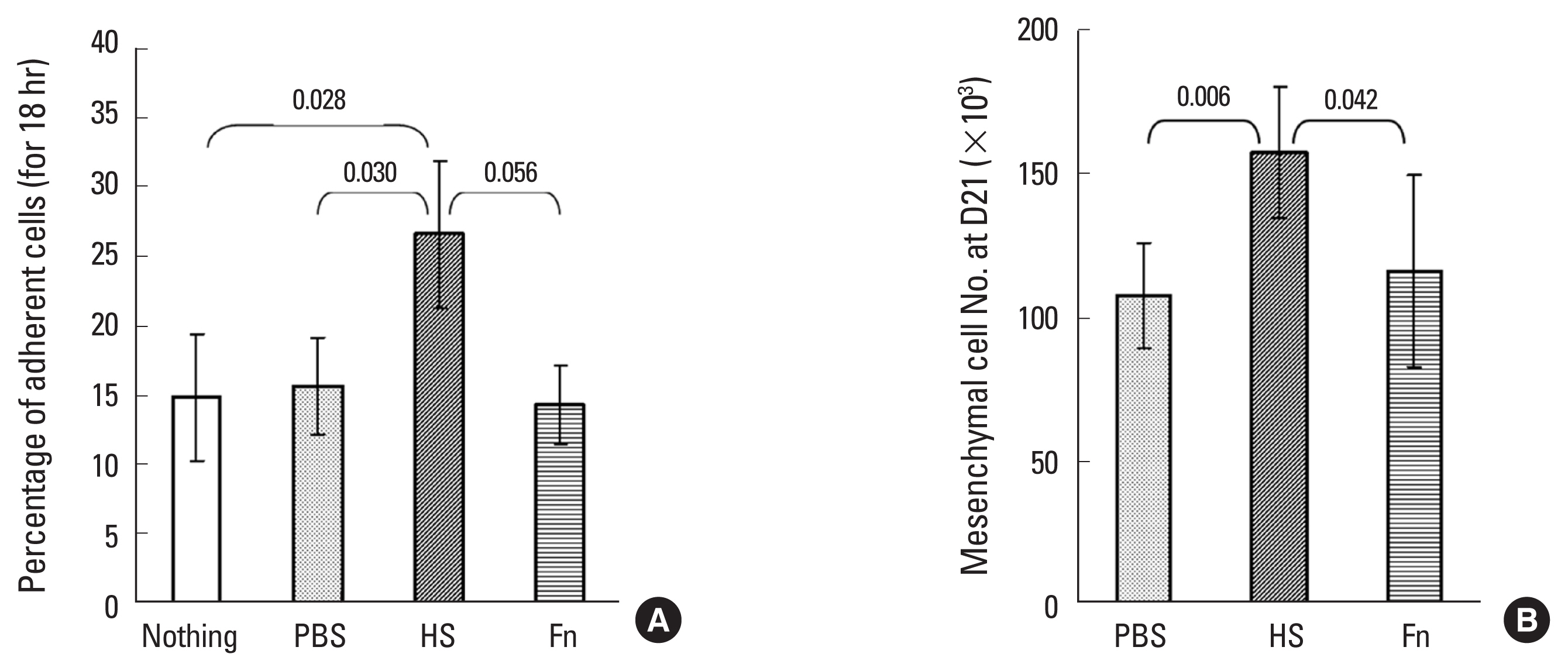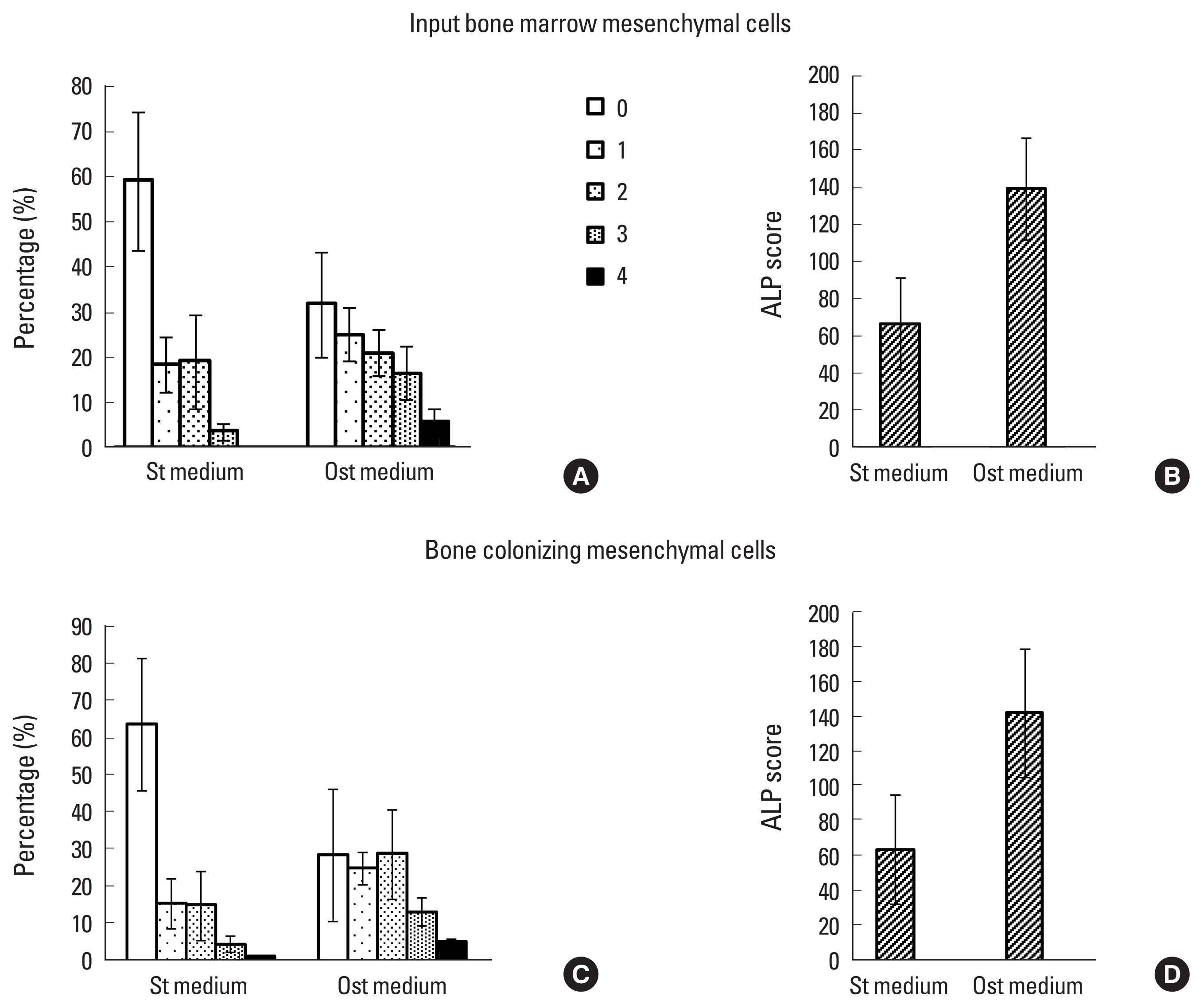1. Aaron AD, Wiedel JD. Allograft use in orthopedic surgery. Orthopedics 1994;17:41-8.


2. Erivan R, Villatte G, Lecointe T, et al. Collection and reconstruction after harvesting donor tissues from the musculoskeletal system: Technique specific to the lower limbs. Orthop Traumatol Surg Res 2018;104:529-32.
https://doi.org/10.1016/j.otsr.2018.01.017.


4. Berven S, Tay BK, Kleinstueck FS, et al. Clinical applications of bone graft substitutes in spine surgery: consideration of mineralized and demineralized preparations and growth factor supplementation. Eur Spine J 2001;10( Suppl 2):S169-77.
https://doi.org/10.1007/s005860100270.



9. Boiret N, Kanold J, Bons JM, et al. Granulocyte colony-stimulating factor-mobilized peripheral blood CD34+ cells from children contain the same levels of long-term culture-initiating cells producing the same numbers of colony-forming cells as those from adults, but display greater in vitro monocyte/macrophage potential. Br J Haematol 2001;112:806-13.
https://doi.org/10.1046/j.1365-2141.2001.02604.x.


10. Makino S, Harada M, Akashi K, et al. A simplified method for cryopreservation of peripheral blood stem cells at −80 degrees C without rate-controlled freezing. Bone Marrow Transplant 1991;8:239-44.

11. Castro-Malaspina H, Gay RE, Resnick G, et al. Characterization of human bone marrow fibroblast colony-forming cells (CFU-F) and their progeny. Blood 1980;56:289-301.


12. Friedenstein AJ, Deriglasova UF, Kulagina NN, et al. Precursors for fibroblasts in different populations of hematopoietic cells as detected by the in vitro colony assay method. Exp Hematol 1974;2:83-92.

13. Barry F, Boynton R, Murphy M, et al. The SH-3 and SH-4 antibodies recognize distinct epitopes on CD73 from human mesenchymal stem cells. Biochem Biophys Res Commun 2001;289:519-24.
https://doi.org/10.1006/bbrc.2001.6013.


14. Cheng SL, Yang JW, Rifas L, et al. Differentiation of human bone marrow osteogenic stromal cells in vitro: induction of the osteoblast phenotype by dexamethasone. Endocrinology 1994;134:277-86.
https://doi.org/10.1210/endo.134.1.8275945.

15. Gronthos S, Graves SE, Ohta S, et al. The STRO-1+ fraction of adult human bone marrow contains the osteogenic precursors. Blood 1994;84:4164-73.


16. Le Blanc K, Ringdén O. Immunobiology of human mesenchymal stem cells and future use in hematopoietic stem cell transplantation. Biol Blood Marrow Transplant 2005;11:321-34.
https://doi.org/10.1016/j.bbmt.2005.01.005.


17. Benayahu D, Kompier R, Shamay A, et al. Mineralization of marrow-stromal osteoblasts MBA-15 on three-dimensional carriers. Calcif Tissue Int 1994;55:120-7.
https://doi.org/10.1007/bf00297187.

18. Colter DC, Class R, DiGirolamo CM, et al. Rapid expansion of recycling stem cells in cultures of plastic-adherent cells from human bone marrow. Proc Natl Acad Sci U S A 2000;97:3213-8.
https://doi.org/10.1073/pnas.070034097.



19. Colter DC, Sekiya I, Prockop DJ. Identification of a subpopulation of rapidly self-renewing and multipotential adult stem cells in colonies of human marrow stromal cells. Proc Natl Acad Sci U S A 2001;98:7841-5.
https://doi.org/10.1073/pnas.141221698.



20. Dennis JE, Haynesworth SE, Young RG, et al. Osteogenesis in marrow-derived mesenchymal cell porous ceramic composites transplanted subcutaneously: effect of fibronectin and laminin on cell retention and rate of osteogenic expression. Cell Transplant 1992;1:23-32.
https://doi.org/10.1177/096368979200100106.


21. El-Ghannam A, Ducheyne P, Shapiro IM. Effect of serum proteins on osteoblast adhesion to surface-modified bioactive glass and hydroxyapatite. J Orthop Res 1999;17:340-5.
https://doi.org/10.1002/jor.1100170307.


22. Lee JW, Kim YH, Park KD, et al. Importance of integrin beta1-mediated cell adhesion on biodegradable polymers under serum depletion in mesenchymal stem cells and chondrocytes. Biomaterials 2004;25:1901-9.
https://doi.org/10.1016/j.biomaterials.2003.08.037.


25. Gurevitch O, Kurkalli BG, Prigozhina T, et al. Reconstruction of cartilage, bone, and hematopoietic microenvironment with demineralized bone matrix and bone marrow cells. Stem Cells 2003;21:588-97.
https://doi.org/10.1634/stemcells.21-5-588.


29. Bruder SP, Kraus KH, Goldberg VM, et al. The effect of implants loaded with autologous mesenchymal stem cells on the healing of canine segmental bone defects. J Bone Joint Surg Am 1998;80:985-96.
https://doi.org/10.2106/00004623-199807000-00007.


34. Halle P, Tournilhac O, Knopinska-Posluszny W, et al. Uncontrolled-rate freezing and storage at −80 degrees C, with only 3.5-percent DMSO in cryoprotective solution for 109 autologous peripheral blood progenitor cell transplantations. Transfusion 2001;41:667-73.
https://doi.org/10.1046/j.1537-2995.2001.41050667.x.


35. Digirolamo CM, Stokes D, Colter D, et al. Propagation and senescence of human marrow stromal cells in culture: a simple colony-forming assay identifies samples with the greatest potential to propagate and differentiate. Br J Haematol 1999;107:275-81.
https://doi.org/10.1046/j.1365-2141.1999.01715.x.


36. Kuznetsov SA, Krebsbach PH, Satomura K, et al. Single-colony derived strains of human marrow stromal fibroblasts form bone after transplantation in vivo. J Bone Miner Res 1997;12:1335-47.
https://doi.org/10.1359/jbmr.1997.12.9.1335.

















 PDF Links
PDF Links PubReader
PubReader ePub Link
ePub Link Full text via DOI
Full text via DOI Full text via PMC
Full text via PMC Download Citation
Download Citation Print
Print



